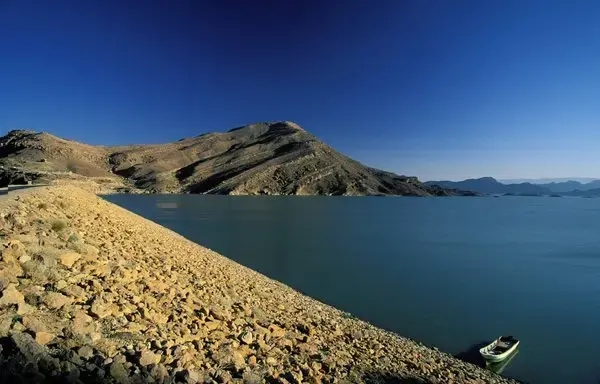Society
The Great Dam of Marib: A Testament to Ancient Ingenuity
The Great Dam of Marib is a remarkable example of an ancient civilization’s engineering prowess to harness natural resources for societal growth.

By Al-Fassel |
Located in modern-day Yemen lies the Great Dam of Marib, a masterpiece of ancient engineering.
Designated as part of the Sabaean Kingdom’s UNESCO World Heritage Site, it was constructed in the 8th century BCE.
It was initially designed to harness the waters of the Wadi Adhanah which transformed the surrounding arid lands into a thriving agricultural hub.
This is a testament to innovation and resilience with the ruins attracting visitors to this day.
A Marvel of Ancient Engineering
Construction of the dam reflects the advanced engineering techniques of its time.
Measuring approximately 600 meters long and 8 meters high, it used local mud bricks and stones for its sturdy construction.
The design included a sophisticated network of channels and reservoirs to effectively manage seasonal floods and distribute water efficiently.
These innovations transformed the area into a flourishing agricultural hub, supporting crops with a previously unimaginable irrigation system.
French writer Antoine de Saint-Exupéry described it best: “A civilization is a poem that grows in the shadow of its monuments; the Great Dam of Marib is a verse that speaks of man's triumph over nature."
Cultural and Economic Significance
The dam was more than a functional structure, it also held immense cultural and historical significance.
It was a source of pride for the Shebaite people, who celebrated its construction as a symbol of their mastery over the harsh Arabian environment.
The dam's effectiveness in providing water sustained a vibrant economy and fostered trade networks across the Arabian Peninsula.
Decline and Legacy
Like many ancient marvels, the Great Dam of Marib eventually succumbed to time.
Natural disasters, political upheavals, and insufficient maintenance lead to its decline by the 6th century CE.
As its capacity to irrigate the land diminished, so did its role as a lifeline for the region.
Yet the ruins of this extraordinary structure continue to inspire.
The dam remains a focal point for research by scholars and archaeologists into ancient engineering methods.
Its remnants also provide invaluable insights into the socio-economic structures of the time.
A Monument to Human Achievement
The Great Dam tells a story of vision, resilience, and interconnectedness, blending engineering with cultural significance.
It shaped a civilization’s destiny by harnessing natural resources for societal growth.
Today the ruins stand as a monument to the achievements of the Sabaean people and their enduring legacy.